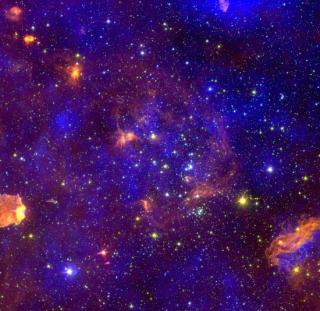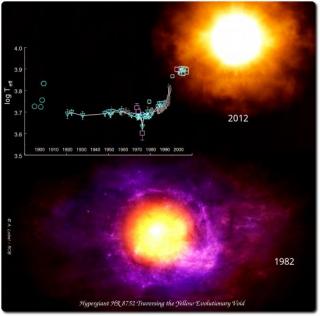
The project, carried out with the OSIRIS camera of the Gran Telescopio CANARIAS, has undertaken the deepest and most detailed census of the massive supercluster Cygnus OB2, one of the largest and nearest known 'nurseries' of stars
Advertised on


